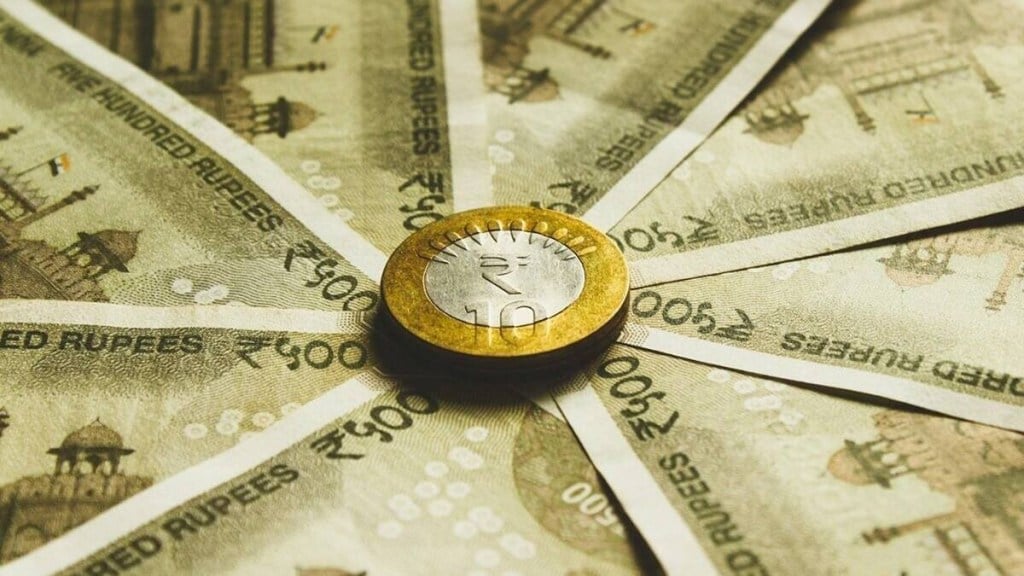The Cabinet on Thursday approved a subsidy of Rs 24,420 crore for phosphatic and potassic (P&K) fertilisers for the kharif 2024 season (April-September) under the nutrient-based subsidy (NBS) mechanism.
This means prices of non-urea soil nutrients largely used in oilseeds and pulses will remain unchanged for the next kharif season. The projected subsidy outgo on Phosphatic and Potassic (P&K) fertilisers for the next (2024-25) kharif season is 36% lower than the subsidy for non-urea soil nutrient announced in the last kharif season.
Due to softening of global prices of soil nutrients, about a third of the country’s requirement is imported, the government has projected lower subsidy outgo in the next kharif season.
Anurag Thakur, information and broadcasting minister said “diammonium phosphate (DAP) which is sold currently at Rs 1,350/ per bag (50 kg), will continue to be available at the same rate in the upcoming 2024 Kharif season,”.
Usually the government announces subsidies under the nutrient-based subsidy (NBS) mechanism twice a year before the commencement of kharif and rabi crops sowing.
However, this year’s announcement of NBS subsidy had been early because of the impending announcement of elections.
Muriate of Potash (MoP) will also continue to be available at Rs 1,670/bag, while NPK will be available at Rs 1,470/bag. According to an official note, the subsidy on Nitrogen (N) has been fixed at Rs 47.02/kg , phosphatic (P) at Rs 28.72/kg, potassic (K) at Rs 2.38/kg, and Sulphur (S) at Rs 1.89/kg for 2024 kharif season.
Retail prices of phosphatic and potassic (P&K) fertilisers, including DAP were ‘decontrolled’ in 2010 with the introduction of a ‘fixed-subsidy’ regime as part of NBS mechanism.
The fertiliser subsidy as per revised estimate for FY24 has been projected at Rs 1.88 trillion, a decline of 25% from a record of Rs 2.51 trillion in FY23.
As per the official data, during April-January period of current fiscal, the government has provided Rs 1.71 subsidy towards soil nutrient.
For the next fiscal, the subsidies towards soil nutrient is estimated at Rs 1.64 trillion.
Girishkumar Kadam, senior vice president and group head, corporate ratings, ICRA said “for FY25 while the government had made a budgetary allocation of Rs 1.64 trillion towards fertiliser including Rs. 1.19 trillion for urea and Rs. 0.45 trillion for P & K fertilizers, which is likely to be adequate at current prices of raw material and finished fertilisers,”.
Since March, 2018, the retail urea price has remained unchanged.The scheme allows retail prices of the key soil nutrient to farmers to be kept at 242 per bag of 45 kg, even as the current cost of production is around Rs 2,200/bag.
Nearly half of the country’s DAP requirements are imported via (mainly from West Asia and Jordan) while the domestic MoP demand is met solely through imports (from Belarus, Canada and Jordan, etc).
In terms of volume, imports account for a third of domestic soil nutrients consumption of around 60 million tonne annually.


